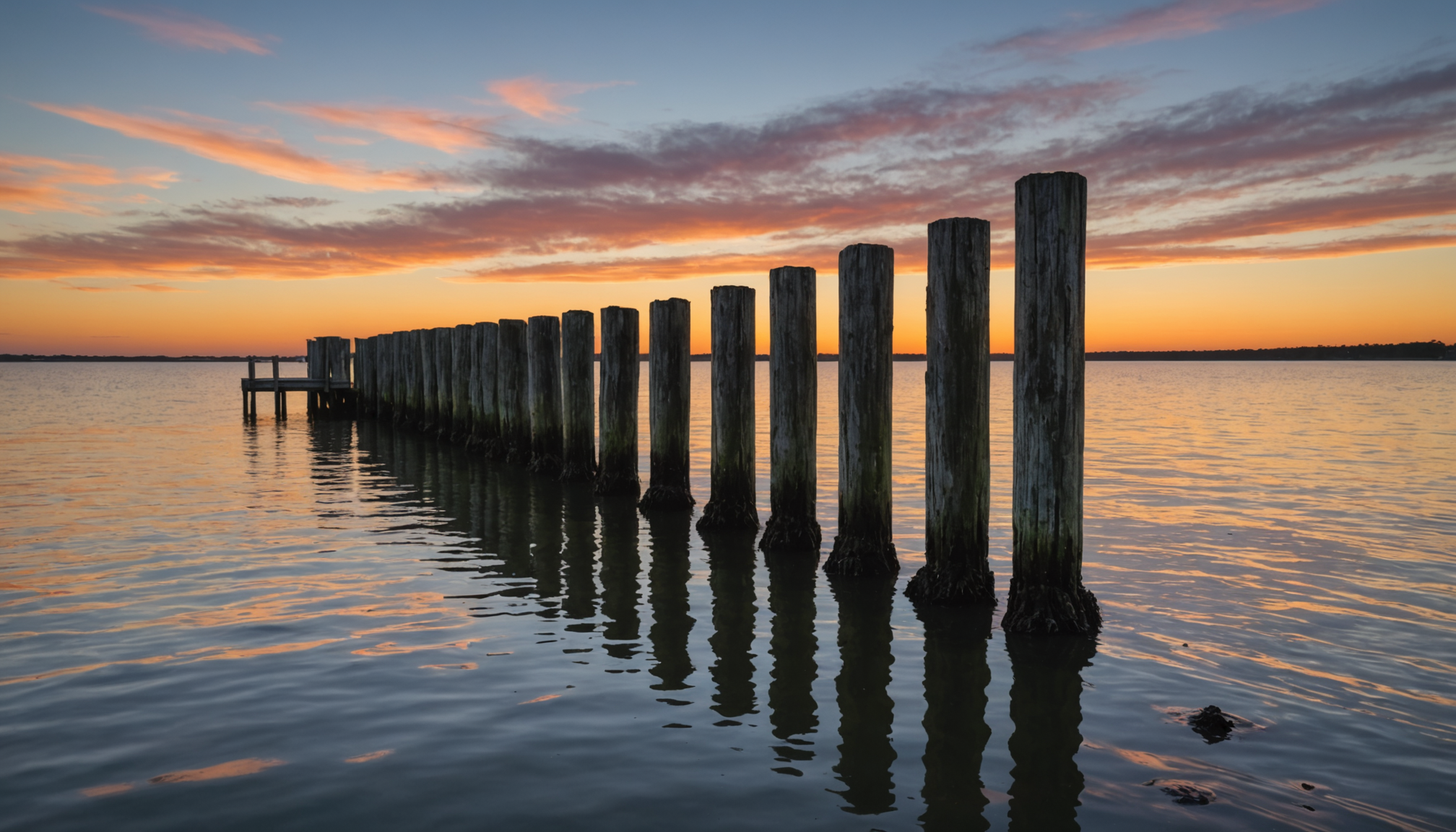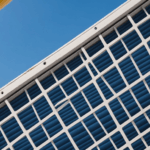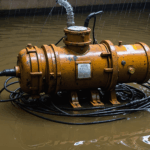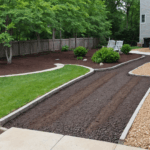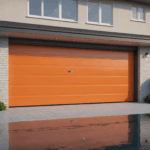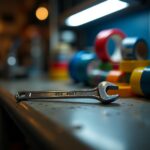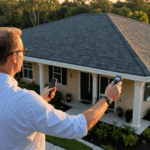Living along Jacksonville’s waterfront means regular dock inspections are not just a recommendation – they’re essential for safety and property value preservation. According to the Florida Department of Environmental Protection, nearly 40% of residential dock accidents could be prevented through proper inspection and maintenance routines.
A comprehensive dock inspection should be performed at least quarterly, with additional checks after severe weather events. Marine construction experts recommend focusing on these critical areas:
- Support pilings for signs of rot, cracking, or marine borer damage
- Decking boards for loose fasteners, splintering, or excessive wear
- Hardware and fasteners for corrosion or loosening
- Electrical components for proper function and weather protection
- Ladders and safety equipment for stability and integrity
During inspections, pay special attention to structural connections where different materials meet. The National Marine Contractors Association reports that these junction points account for approximately 65% of dock structural failures. Use a checklist and document any findings with photos to track changes over time.
Professional marine contractors recommend testing deck boards by walking the entire surface, noting any spots that feel spongy or unstable. Check for proper lighting function and ensure all safety equipment is present and in good condition. Jacksonville’s marine environment can be particularly harsh on dock materials, so inspect carefully for salt damage and wood deterioration.
Safety features require special attention during inspections. Ensure handrails are secure and meet local code requirements – typically 36 inches in height for residential docks. Check that cleats are properly sized and securely fastened, capable of handling the anticipated loads. The Florida Building Code requires specific load capacities for different dock components, which should be verified during each inspection.
Document all findings in a maintenance log, including dates, observations, and any repairs made. This documentation not only helps track deterioration patterns but can also be valuable for insurance purposes and future property transactions. According to marine insurance specialists, well-documented maintenance can reduce premium costs by up to 15%.
Cleaning and surface maintenance
Maintaining clean dock surfaces and bulkheads in Jacksonville’s marine environment is crucial for longevity and aesthetic appeal. Salt deposits, algae growth, and marine organisms can quickly accumulate, potentially causing long-term damage if left untreated. A proper cleaning routine should be established every 4-6 weeks, depending on seasonal conditions and usage patterns.
Start by pressure washing all accessible surfaces using marine-grade cleaners specifically designed for dock materials. For wooden structures, maintain a pressure setting below 2,500 PSI to prevent surface damage. Pay special attention to areas between boards and around hardware, where salt and debris tend to accumulate. After cleaning, allow surfaces to dry completely before applying any protective treatments.
For composite decking, use specialized cleaners that won’t compromise the material’s integrity. Many Jacksonville dock owners find that oxygen-based cleaners effectively remove stubborn stains while being environmentally friendly. Regular scrubbing with a soft-bristled brush can prevent the formation of slippery films that often develop in humid conditions.
Seawalls require particular attention during cleaning sessions. Remove any vegetation growing in joints or cracks, as these can lead to structural issues over time. Use appropriate algaecides to treat persistent growth, ensuring they’re approved for marine environments and won’t harm local aquatic life.
For metal components, including hardware and railings, remove salt deposits regularly using fresh water and apply marine-grade lubricants to prevent corrosion. Stainless steel fixtures should be cleaned and polished at least quarterly to maintain their protective oxide layer.
- Use eco-friendly cleaners that won’t harm marine life or water quality
- Clean deck surfaces at least monthly during peak algae growth seasons (spring/summer)
- Apply marine-grade sealants after thorough cleaning to protect wooden surfaces
- Remove salt deposits immediately to prevent corrosion and staining
Structural repairs and reinforcement
One of the most critical errors waterfront property owners in Jacksonville make is attempting DIY repairs on major structural issues. Marine contractors report that improper repairs often lead to more extensive and costly damage. For dock pilings, a common mistake is using standard lumber instead of marine-grade pressure-treated wood, which significantly reduces the structure’s lifespan in saltwater conditions.
Many homeowners underestimate the importance of proper hardware selection, often using standard steel fasteners instead of hot-dipped galvanized or stainless steel options. This oversight can lead to premature failure and potentially dangerous structural weaknesses. Marine-grade hardware may cost more initially but provides superior longevity in Jacksonville’s coastal environment.
Another frequent error is ignoring early signs of seawall deterioration. Attempting to patch visible cracks without addressing the underlying cause often results in more severe structural issues. Professional assessment is crucial when dealing with seawall repairs, as improper reinforcement techniques can accelerate deterioration.
Dock owners sometimes make the mistake of adding excessive weight or modifications without proper engineering consultation. This can compromise the structure’s integrity and violate local building codes. Before making any structural changes, consult with a licensed marine contractor to ensure compliance and safety.
Common reinforcement mistakes include:
– Using inadequate support brackets for dock extensions
– Improperly spacing sister joists when reinforcing existing structures
– Failing to account for water level fluctuations in structural calculations
– Neglecting to properly seal and protect new wooden components
– Installing inappropriate tie-back systems for seawall reinforcement
For bulkhead maintenance, property owners often overlook the importance of proper drainage systems. Inadequate drainage behind seawalls can lead to soil erosion and structural failure. Installing proper weep holes and maintaining existing drainage systems is essential for long-term stability.
When reinforcing dock structures, avoid the temptation to simply add more bracing without addressing the root cause of structural weakness. Professional engineers should evaluate the entire system to ensure modifications don’t create new stress points or compromise existing supports.
Protection against water damage
Water damage poses a significant threat to Jacksonville’s waterfront structures, requiring vigilant protection strategies and preventive maintenance. Implementing proper drainage systems is crucial, with French drains installed along seawalls to direct water away from critical structural elements. Marine-grade waterproof membranes should be applied to wooden surfaces, particularly in areas where water tends to pool.
Protecting against water infiltration requires a multi-layered approach. Install proper flashing around all joints and connections, using marine-grade materials designed to withstand Jacksonville’s harsh coastal environment. Seal all exposed wood surfaces with penetrating waterproof sealants, reapplying annually or as needed based on wear patterns.
For dock structures, proper water management includes:
– Installing adequate scuppers and drainage channels
– Maintaining proper deck pitch (1/4 inch per foot minimum)
– Using water-resistant deck board spacing
– Applying marine-grade water repellents to exposed surfaces
– Installing splash guards at critical junctions
Seawall protection requires special attention to prevent water intrusion behind the structure. Install proper tiebacks and drainage systems, ensuring weep holes remain clear and functional. Regular monitoring of groundwater levels helps detect potential issues before they become serious problems.
Consider installing water detection systems in critical areas, particularly around electrical components and structural connections. These early warning systems can alert property owners to water infiltration before significant damage occurs.
For bulkheads, proper caulking and joint sealing are essential. Use marine-grade flexible sealants that can accommodate movement while maintaining watertight integrity. Replace deteriorated seals promptly to prevent water from compromising the structure’s integrity.
Treatment of wooden components should include:
– Application of copper-based preservatives
– Regular maintenance of end-grain sealants
– Installation of water-shedding caps on vertical posts
– Use of moisture-resistant spacers between wood components
By implementing these protective measures and maintaining them regularly, you’ll significantly extend the life of your waterfront structures and avoid costly repairs. The investment in proper water protection today will pay dividends in reduced maintenance costs and enhanced property value for years to come. Remember to schedule regular professional inspections to ensure your water protection systems remain effective and up-to-date.
Weather-proofing and seasonal preparation
- How often should I winterize my dock in Jacksonville?
- While Jacksonville’s climate is relatively mild, seasonal preparation should still be performed twice yearly, focusing on pre-summer and pre-winter maintenance. This includes checking and securing loose hardware, applying additional protective coatings, and ensuring drainage systems are clear of debris.
- What type of sealant works best for protecting dock wood in Florida’s climate?
- Marine-grade polyurethane or epoxy-based sealants specifically designed for saltwater environments provide the best protection. These sealants should be UV-resistant and flexible enough to accommodate wood movement while maintaining a waterproof barrier.
- How can I protect my seawall from hurricane damage?
- Install proper drainage systems and ensure all tiebacks are secure and rust-free. Regular inspections of the cap and joints, combined with maintaining adequate riprap at the base, will help protect against storm surge and wave action during severe weather events.
- What maintenance steps should I take before hurricane season in Jacksonville?
- Remove or secure all loose dock accessories, inspect and reinforce structural connections, and ensure drainage systems are clear. Document the condition of your marine structures with photos and verify your insurance coverage is current for storm-related damage.
- How do I prevent mold and mildew growth on my dock during humid seasons?
- Regular cleaning with marine-grade mold inhibitors and maintaining proper ventilation between deck boards is essential. Apply anti-fungal treatments during spring and fall, and ensure adequate sunlight exposure by trimming overhanging vegetation.

